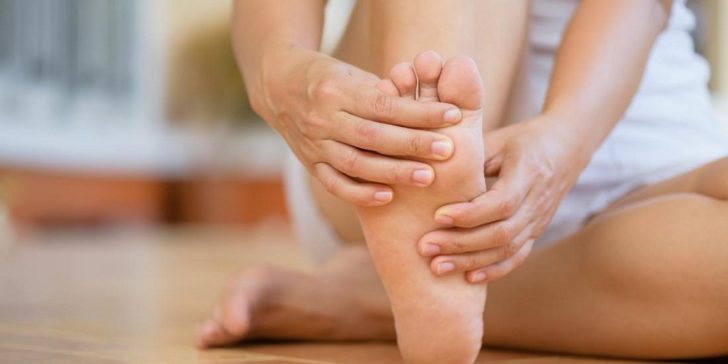
Each foot comprises 26 bones, which help form two arches in each foot. The longitudinal and transverse arches are the primary structures that absorb force from the outside world when they are on our feet. Other functions of a foot arch include;-
- Bear weight
- Stabilizes movement
- Creates balance
- Helps adapt to changes in a terrain
When something happens to any of these structures, pain may result. Arch pain is a common presenting problem in emergency departments. Though it is typical in runners and athletes, arch pain may also occur in less active persons. Somebody may do foot arch pain treatment at home except in particular cases where you may need to consult your doctor. Such instances include;-
- Frequent pain that is unresponsive to home remedies
- Severe pain that interferes with daily life
- Diabetes patient
- If the area looks deformed
Here are some of the factors that could be causing your foot arch pain;-
Injury
Foot arch pain may arise if you injure the bones, muscles, tendons, or ligaments that participate in forming your foot’s arch. Injury may be due to direct or indirect force. Bruises are caused by blunt force injury, while either may cause fractures. Strains occur in ligaments, and the patient comes complaining of looseness and point tenderness.
Structural Issues
Another common cause of arch pain is structural issues. Flat feet and high arches are structural issues examples that may cause arch pain. In most cases, structural conditions do not cause pain but may be aggravated by;-
- Aging
- Overuse
- Weight gain
- Physical stress
- Neurological conditions
Cavus foot is a medical condition where one’s foot has a very high arch. The condition may be inherited or caused by neurological disorders such as stroke or cerebral palsy. People with cavus feet complain that the pain is worse on standing or walking. One may also present with calluses, hammer or claw toes. Furthermore, a person with cavus foot is prone to ankle sprains as they lack foot stability.
Plantar Fasciitis
This refers to the plantar fascia’s inflammation, a ligament that connects your toes to your heel. Though it is more typical in runners, it is not uncommon to find a non runner presenting. Plantar fasciitis presents with stiffness and pain in the arch and heel. The pain is worse in the morning and worsens as you continue exerting yourself.
Overpronation
Pronation describes one’s foot movement as they walk. With over pronation, the heel strikes the ground first, as the rest of the foot rolls inward onto the arch. Gradually, overpronation damages tendons, muscles, and ligaments, causing problems that stimulate arch pain.
Overpronate people are also likely to experience corns, hammer toes, knee, hip, or back pain. One may even notice extra wear on the bottom of the shoe, particularly at the ball of the foot and heel.
Conclusion
Foot arch pain is a common medical problem. It ranges from mild to so severe that your daily activities are impeded. The most common culprits are injury, structural abnormalities, and plantar fasciitis.
